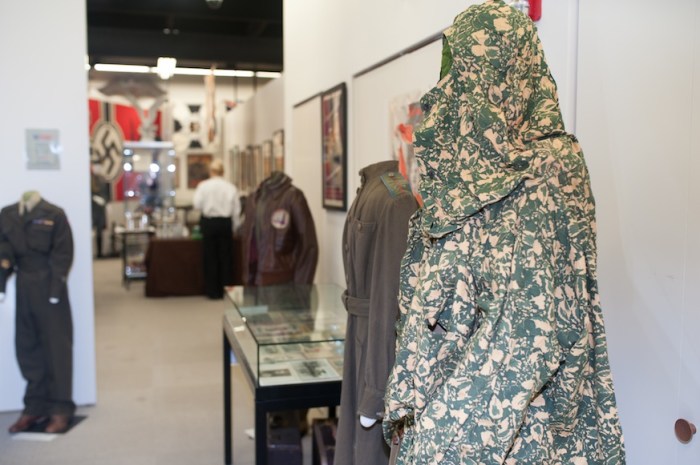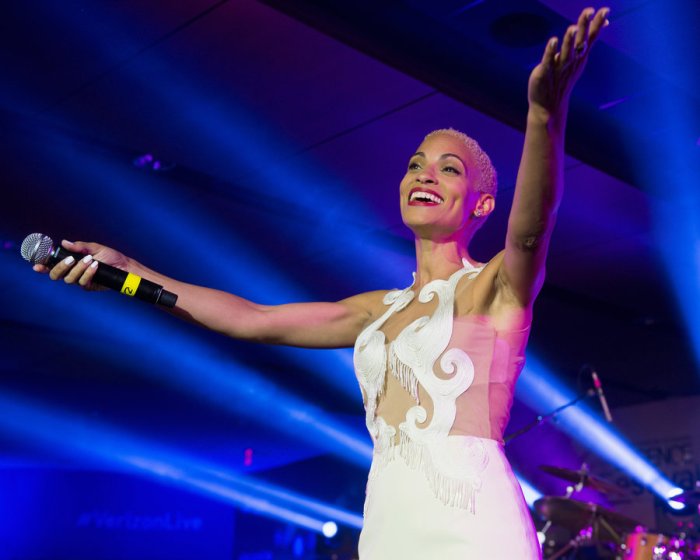Visual artistShantell Martinis pretty darn accomplished. The 35-year-old U.K. native is best known for her cool, crisp black and white stream of consciousness drawings commissioned by the Museum of Modern Art in New York City and Brooklyn’s MoCADA, and has contributed to collaborations and installations with likes ofKelly Wearstler, Viacom, Jawbone and Suno. Martin’s also a former adjunct at NYU’s Tisch School of the Arts and a current visiting scholar at the MIT Media Lab’s social computing group, where you can see a large-scale example of her work on a wall by the Biomechantronics research program. She currently lives in Manhattan, but will be heading to the Bay area in the new year for some exciting TBA projects. We snagged her for a quick chat from the west coast, where she spent the holidays. What can you tell us about your work at MIT? One was an online project called YouAreHere.cc. The lab was putting out maps that had to do with a variety of topics from immigration to Medicare to cafes to greenery to bicycle accidents, and specifically looked at 100 cities in the U.S., pulled that data together and visualized that. RELATED:Unseen Art project aims to recreate classic paintings in 3D I also worked on side projects, like my Storyboards collaboration with Jonathan Bobrow and thePlayful Systems group. We wanted to explore the idea of narrative through the transparency of technology. Do you find collaborating with people that aren’t necessarily artistic to be challenging? RELATED: Inside the Costume Institute at the Met’s latest fashion exhibition on Jacqueline de Ribesa I read somewhere that you rarely draw when you’re not in front of an audience because you consider your work to be performance, is that still true? What’s your typical tool of choice?
The [MIT Media] Lab is divided into individual labs with their own agendas and projects, and I work with Social Computing. They build and explore social systems —cities and maps and schools and transportation systems all fall within that. I’ll work with other visiting artists on the ongoing projects and questions that lab has.
Not at all. I’m a forever collaborator with people who code or program or use technology, there’s a lot of overlap there. Those people are obsessed with what they do and the medium that they work in and when you get us all in a room together you get to nerd out and they nerd out and you meet in the middle.
It’s not so black and white. I work faster and better when there’s an audience, they bring an energy and a pace to my work. I feel like I’m on stage and and have to create. When I’m alone, I’m distracted, but that doesn’t mean I don’t do anything when people aren’t watching.
If i’m working with a Staedtler Lumocolor, it’s an M size. Or I’ll Uni-posca by Uni or a pen made by Krink, but it depends what the surface is, and does it need to be permanent, does it need to wash off or does it need to dry quickly.


















